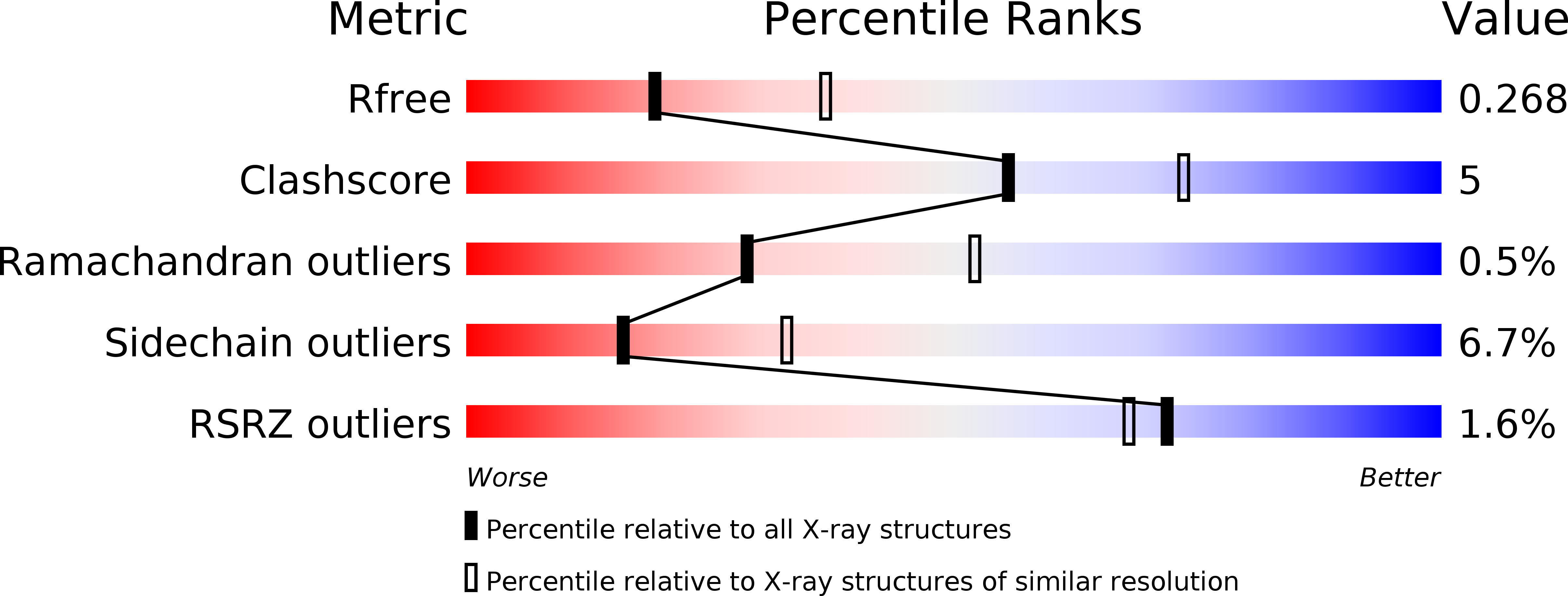
Deposition Date
2016-04-25
Release Date
2017-03-22
Last Version Date
2023-11-08
Entry Detail
Biological Source:
Source Organism:
Streptomyces sp. ML694-90F3 (Taxon ID: 1265536)
Host Organism:
Method Details:
Experimental Method:
Resolution:
2.60 Å
R-Value Free:
0.26
R-Value Work:
0.23
R-Value Observed:
0.23
Space Group:
P 1


